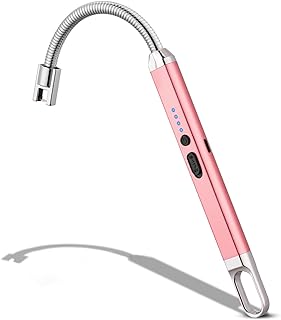Lighter Flint Types:
1. Piezoelectric Flints:
* Material: Ferrocerium, a mixture of iron, cerium, and other rare earth metals.
* Mechanism: These flints are struck against a piezoelectric element (crystal) that creates a spark when pressure is applied.
* Pros: Durable, reliable, and produce a very hot spark.
* Cons: Can be brittle and may break if dropped.
2. Friction Flints:
* Material: Usually made from a flint-like material like chert or chalcedony.
* Mechanism: These flints are struck against a metal striker, creating a shower of sparks.
* Pros: Affordable and commonly found.
* Cons: Less reliable and produce a less hot spark than piezoelectric flints.
3. Wheel Flints:
* Material: Made from a combination of ferrocerium and a binding agent.
* Mechanism: These flints are rotated against a metal wheel, creating sparks.
* Pros: Produce a very hot and consistent spark.
* Cons: Usually used in specialized lighters and not commonly found in everyday lighters.
Which is best?
There is no "best" type of lighter flint, as the ideal choice depends on your needs and preferences.
* For everyday use and reliability: Piezoelectric flints are generally the best choice.
* For budget-conscious users: Friction flints are an affordable alternative.
* For specialized uses requiring a very hot spark: Wheel flints are superior.
Other factors to consider:
* Lighter type: Different lighters use different types of flints.
* Spark intensity: Some flints produce hotter sparks than others.
* Durability: Some flints are more durable than others.
* Ease of replacement: Some flints are easier to replace than others.
Ultimately, the best way to find the right lighter flint for you is to experiment with different types and see what works best for your needs.


